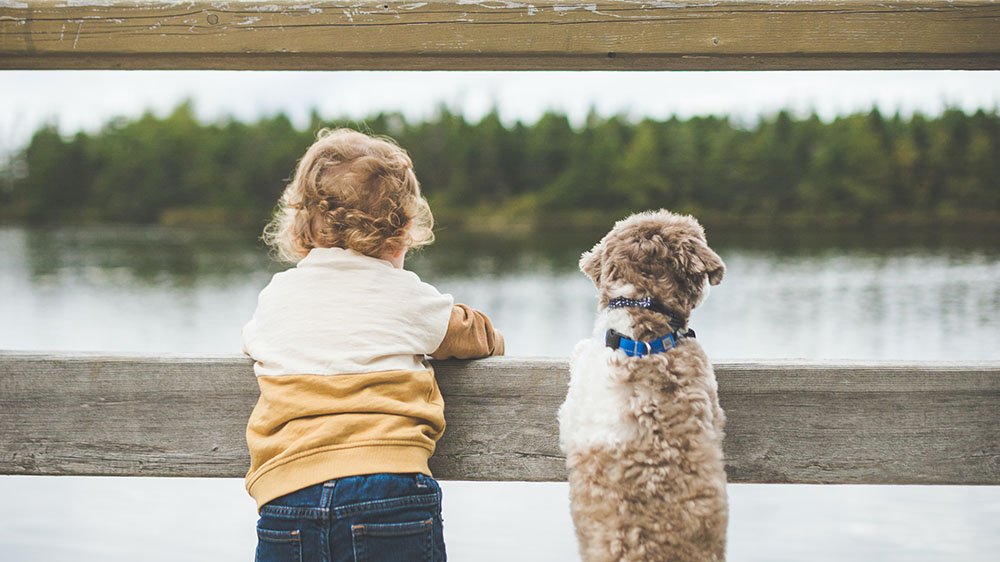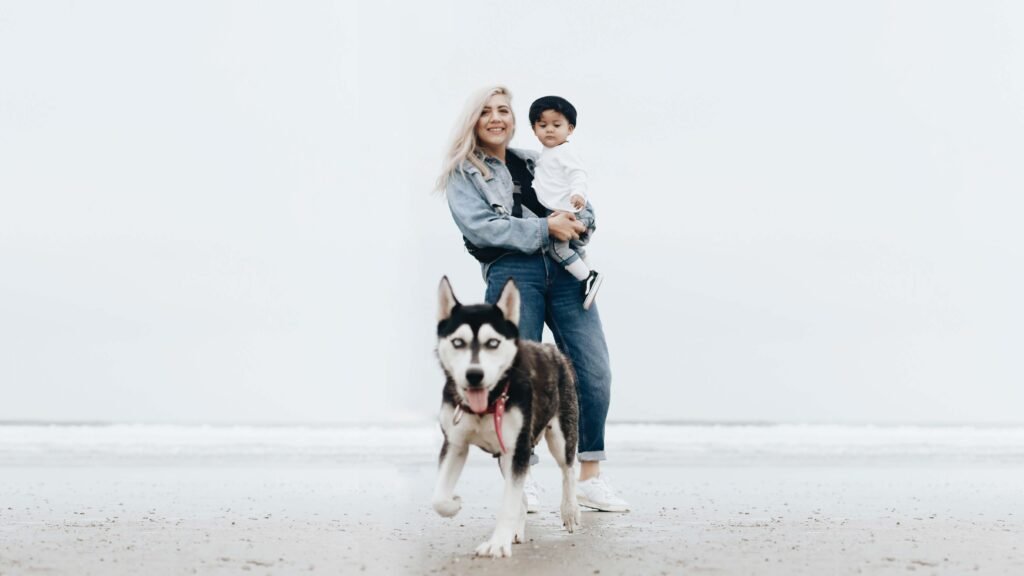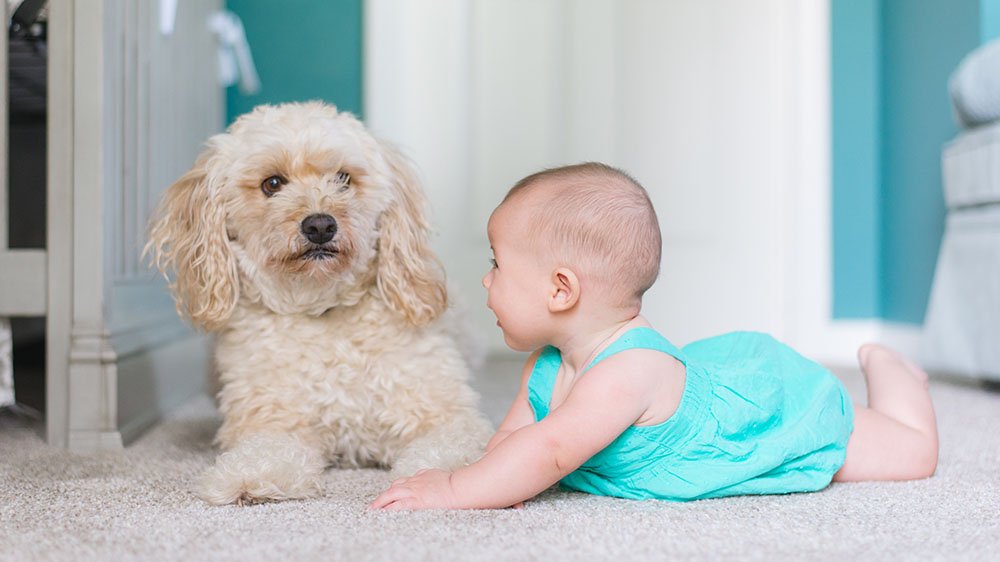
Dogs are universally loved and adored by both kids and adults alike. As a result, you can find them staying in almost every home. Of course, there is something so cute about seeing a kid and a puppy playing together, but there are safety considerations to consider when introducing dogs to kids.
Dogs and kids are natural companions. The only problem is that dogs are significant and can accidentally knock down a small child. So handle introductions carefully, but if you take your time, you’ll soon have a beautiful relationship between dog and kid that will last for years to come.
While there’s no way to guarantee a successful introduction all of the time, there are ways to increase the odds in your favour.
Before introducing your dog to your new baby, let them get used to each other’s scent. For example, a week before the introduction put a blanket or article of clothing with the baby’s scent near the dog’s food bowl; This will help the dog become familiar with their scent before meeting your child face-to-face.
Once it’s time for the first introduction, don’t allow children under five to pet the dog without adult supervision. Be in control and attentive at all times. An ideal way to go about it is to stay in a room with the baby/child and allow your dog to come in and meet the child for the first time. Try and keep your baby visible but out of reach from your dog as they tend to be very excited. Better yet, keep your dogs on the leash to ensure you’ve got all your bases covered if anything goes wrong.
Gradually work your way up from the first introduction by slowly allowing your dog to come closer to your baby. Then, again, supervise and worry about sudden movements that could negatively trigger your dog. Most of the time, dogs have a pretty good sense of how to behave or treat babies based on your lead and guidance. For the first few weeks/months, try to keep their meetings short and spread out throughout the day to allow both baby and dog to be accustomed to each other.

Don’t rush it! Dogs are generally much less likely than people to bite a child, but they can still be aggressive if not used to being around them. So, don’t expect your dog to welcome your baby with open paws immediately; instead, allow them time to get used to each other. If you have multiple dogs in your home, make sure each one gets plenty of positive reinforcement from you before you bring your baby home (for example, by giving them treats when they’re calm around them).
Introducing dogs to children can be a daunting and sometimes frightening task. The fact is, dogs are like babies – they need lessons and patience. In some cases, however, no matter how hard you try, your dog will not take kindly to the new stranger in his home. While there’s no way to guarantee a successful introduction all of the time, there are ways to increase the odds in your favour. Our advice? Be patient and consistent – with both distractions and rewards – when it comes time to introduce your dog to kids.







